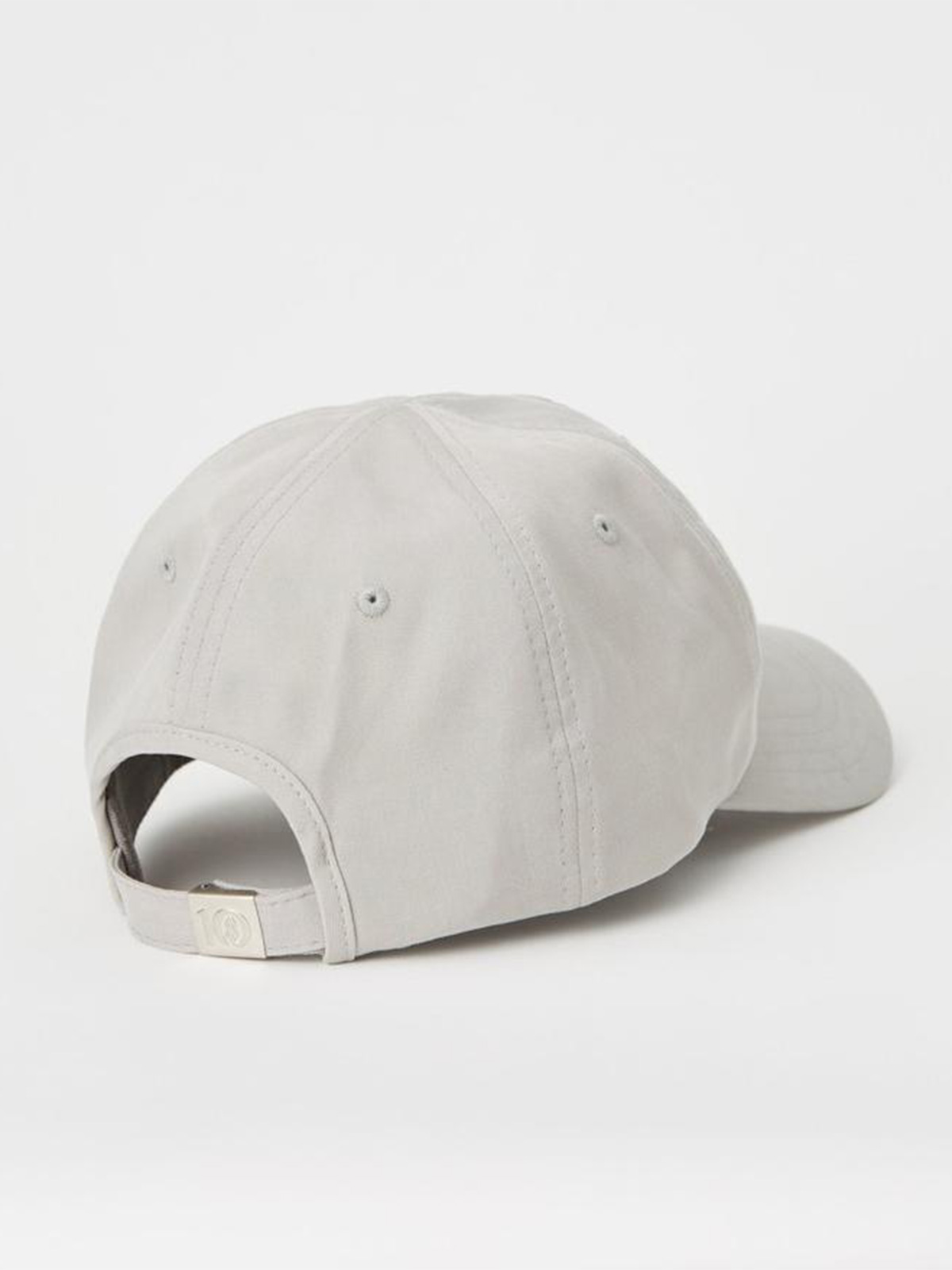What is the true cost of following fast fashion trends? The business model comes at a significant price for people, the planet, and animals thanks to its poor sustainability, but sometimes that’s hard to comprehend without some numbers to back things up. Here, we’re sharing the most up-to-date statistics to help you grasp the sheer impact of fast fashion and its excessive garment production.
What’s the problem with fast fashion?
Fast fashion. A term used so often in the past few years that one might begin to think of it as a buzzword instead of the business model it truly is. Fast fashion is defined as “cheap, trendy clothing that samples ideas from the catwalk or celebrity culture and turns them into garments in high street stores at breakneck speed to meet consumer demand.” Its model is based on trends and their popularity among consumers. In order to meet consumer demands, fast fashion brands must have the resources to not only manufacture these popular designs quickly, but also dispose of them with equal speed to make room for incoming trends. That’s why brands like ZARA and Forever 21 are so popular—they’re selling you the latest styles right when you want them, and taking them off the racks by the time you don’t.
As the name suggests, fast fashion has a fast-paced model that requires speedy production with little room for manufacturers and brands to consider the impact of their practices. By doing such things as using toxic, water-wasting materials to produce textiles, and neglecting safe workplace protocols as a means of acquiring cheap labour, the fast fashion industry has become a detriment to our environment, having a carbon footprint that rivals all other industrial productions.
The fashion industry today has been shaped by the fast fashion business models of the last three decades, so while many of the facts in this article cover the industry or textile production as a whole, it’s important to consider them within this fast fashion-driven context.
A fast-paced model that requires speedy production leaves little room for manufacturers and brands to consider the impact of their practices.
Water usage
A common misconception about garment production is that it only takes a mix of textiles and sewing methods to craft a t-shirt or pair of jeans—unfortunately, the mass consumption of water that occurs during the production process is often overlooked. But according to the Ellen MacArthur Foundation’s report: A New Textiles Economy: Redesigning Fashion’s Future (2017), as much as 93 billion cubic metres of water are consumed annually in textile production.
90% of garments sold in the US are made with cotton or polyester, cotton being a major section of the water-guzzling garment train. The plant requires large amounts of water and pesticides to grow successfully and at scale. And that polyester we mentioned? It has its own environmental problems, which you can read about in our dedicated material guide.
But fabric production isn’t the only thing impacting fast fashion’s water usage. Untreated wastewater from dyeing and the treatment of textiles is being pumped back into our water systems, contaminating its contents with toxins and heavy metals. Textile dyeing and finishing processes are responsible for a significant portion of the world’s clean water pollution (though the numbers around this statistic are hard to confirm). Not only does this negatively impact the health of the water itself, but also the health of the animals that consume it, including us as humans.
Textile waste
Facts about textile waste are notoriously tricky to certify, but a 2017 Pulse of the Fashion Industry report by the Global Fashion Agenda and Boston Consulting Group suggested that in 2015, 92 million tonnes of textile waste was created. Given that this statistic is almost a decade old and clothing consumption is ever-increasing, it’s likely that the figure is now far higher.
In 2019, the European Parliament found that while clothing purchases by EU citizens had increased by around 40% per person “in just a few decades” as a result of the fast fashion model taking hold, less than half of used garments were sent for recycling, and only 1% were actually recycled into new clothes (this is largely down to challenges around fibre recycling). Today, the constant trends and guise of “affordability” cause many to believe that the clothing they buy is disposable—because if you’re going to keep buying the latest trends, you have to feel comfortable getting rid of the old ones, right? But while people are purchasing new garbs, their tossed-aside garments are being sent to landfills.
Speaking of landfills—WRAP’s Textiles Market Situation Report (2024) found that 727.7 kilotonnes of textiles were sent for incineration or landfill in 2021, and that’s just in the UK—never mind the rest of the world. While not all of this is fast fashion waste, the cheapening and increased consumption of fast fashion clothes has certainly contributed to the problem.
And in many countries, including the US, unsold clothing is exported overseas to be “graded” (sorted and resized) and sold in low/middle-income countries. Due to the fragility of some of these countries’ municipal waste systems, whatever isn’t sold in these second-hand markets becomes solid waste, creating health hazards by clogging of rivers, greenways, and parks. The toxicity of textile waste is slowly choking our environment and poisoning our ecosystem, for nothing more than the disposal of garments that fast fashion brands overproduce on the daily.
Carbon emissions
The apparel industry is one of the biggest industrial polluters on the planet. The Ellen MacArthur Foundation estimated that the industry’s 2015 greenhouse gas emissions were more than the aviation and shipping industries’ combined output, with an astounding 1.2 billion tonnes coming from textile production.
These calculations account for emissions released during textile production, but there’s also the carbon that is released during global transportation, when textiles are stuffed into landfills, and through consumer processes, such as washing and drying, to consider.
The fashion industry producing carbon emissions is an inescapable fact, but the vast quantities of clothing that are manufactured, transported, and discarded by the fast fashion sector, in particular, push these emissions to an inexcusable level.
Environmental injustice and poor working conditions
The environmental damage that occurs during the manufacturing of fast fashion is cyclical. Overproduction leads to the overuse of water, resulting in wastewater. An excess of textiles leads to increased garment disposal, resulting in carbon emissions. A vicious cycle, but its effect isn’t just found on land and sea. A major portion of the industry’s impact is in the quality of life of those who work in garment factories and live in areas affected by these textile and wastewater dumps.
The United States Environmental Protection Agency defines environmental justice as “just treatment and meaningful involvement of all people, regardless of income, race, colour, national origin, Tribal affiliation, or disability, in agency decision-making and other Federal activities that affect human health and the environment.” Basically, it is the environmental equity of all people, ensuring they have access to such things as clean water, safe homes, and healthy food. But for fast fashion brands, the only way to offer garments at a cheap price is through contradicting these rights and enforcing cheap labour.
The majority of the world’s clothing is produced in low and middle-income countries as a means of cheap labour. This means the solid waste produced from textiles and the chemicals released by toxic dyes are being dumped in their ecosystems, jeopardising the health and wellbeing of the workers involved in the process and those living nearby.
Because of the oftentimes challenging infrastructures of these low/middle-income areas, occupational hazards aren’t taken into consideration. Safety standards in workshops often go unenforced. Lung disease is caused by cotton dust and synthetic air particulates. Injuries are caused by repetitive motions and lack of sufficient breaks. Deaths have also been reported due to these hazardous conditions, such as the 2013 Rana Plaza collapse in Dhaka District, Bangladesh. After discovering cracks in the foundation on April 23rd, the eight-story commercial building, known as Rana Plaza, had an immediate evacuation of all employees and businesses. But the building owners decided neglected these warnings and forced their garment workers to return. Rana Plaza collapsed the following day. 2,500 people were injured. 1,134 died.
This is one of the more extreme and highly publicised cases, but it’s not an exception. It shows the true extent of these occupational hazards and workplace neglect. Some might argue that a clothing brand can’t be held responsible for the choices made by building owners and factory managers, but these fast fashion brands have continued to choose unregulated forms of manufacturing, therefore placing affordability and fast production over safety.
What can change
Everything we have covered so far about fashion’s environmental impact might have come as a bit of a rude awakening, but don’t lose hope: some steps have been taken to pull back the industry’s footprint. Back in the summer of 2019, the global coalition The Fashion Pact was created, where luxury and fast fashion brands (including Adidas, Chanel, and H&M) developed a common agenda to begin more environmentally friendly ways of production. Unfortunately, this significant gesture has yet to be the saviour the industry needs. Only 59 brands have joined this coalition, which is low in comparison to the hundreds of brands out there. If all of these brands committed themselves to being more responsible, the industry’s carbon footprint could be significantly reduced by 2030. But it isn’t just the fast fashion companies that need to change.
We as consumers not only need to rethink who we’re buying our clothing from, but how we’re handling that clothing. This includes repairing, donating, or reselling our old garments, instead of just throwing them in the trash, where they will inevitably wind up in a landfill. It means adopting handwashing practices where possible, to avoid excess microfibres being dumped in our oceans from washing machines. We can also make sure all packaging is properly disposed of.
Good On You has long been committed to updating ratings methodology and content as the industry shifts, including guidance on which brands to embrace, and which to avoid. With more consumers interested and invested in more sustainable fashion, here’s hoping that enough pressure will be placed on the industry, and that fashion as a whole will begin to slow down.



















